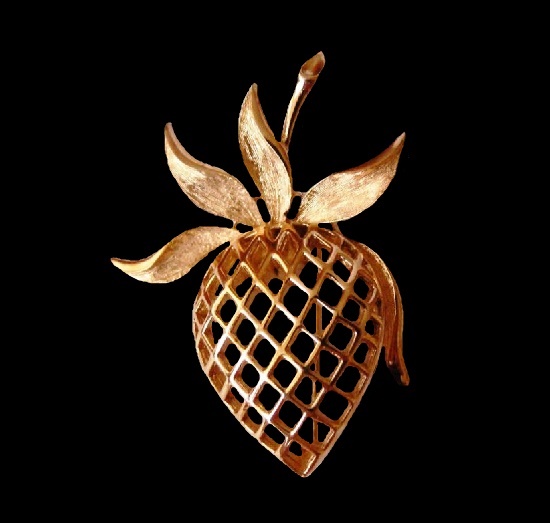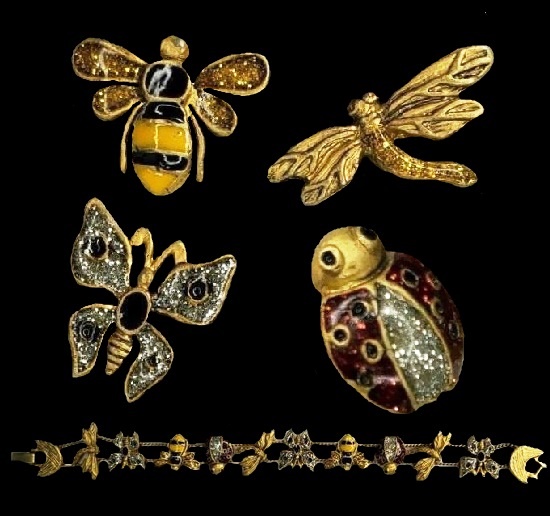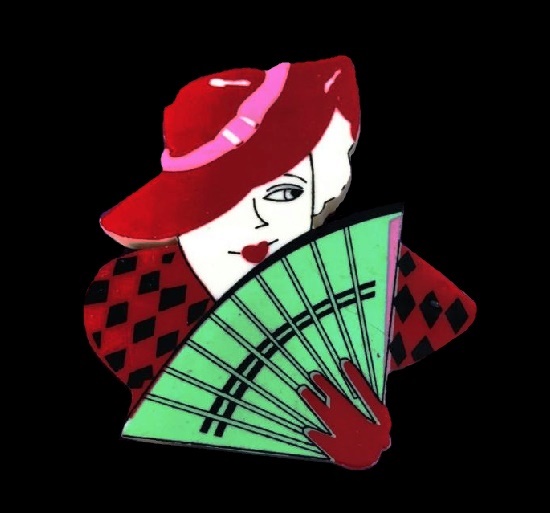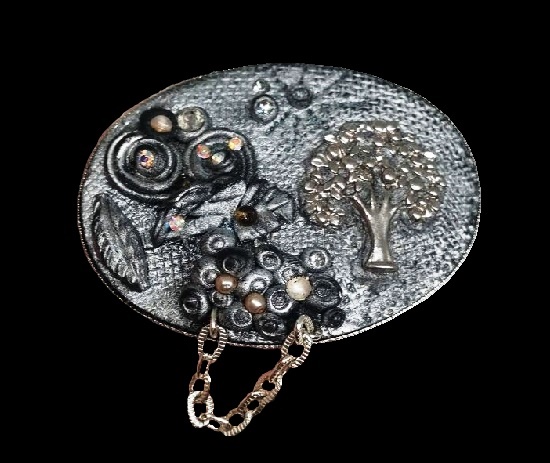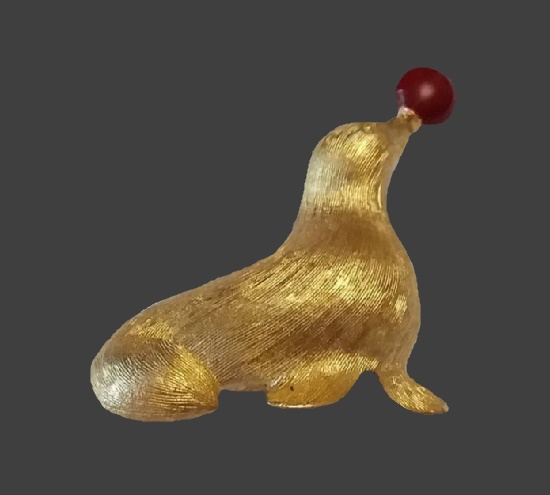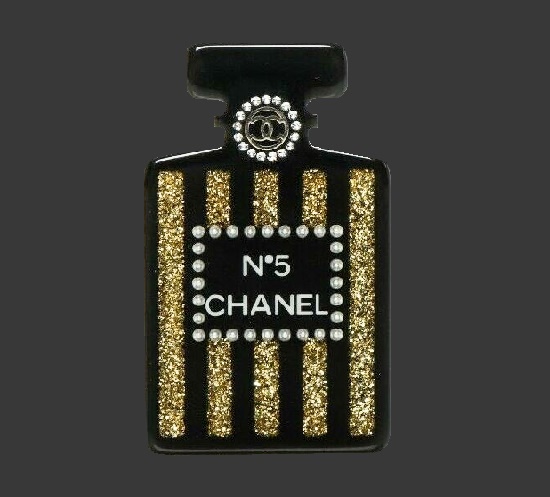Signed Aressa vintage costume jewelry
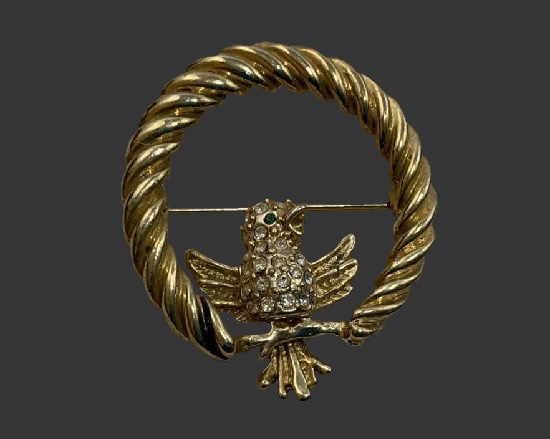
Bird wreath circle pin. Made for JC Penney. Antique gold tone, rhinestones. 1980s. Signed Aressa vintage costume jewelry (1979-2008)
Signed Aressa vintage costume jewelry (1979-2008)
The history of the American fashion jewelry brand Aressa began over forty years ago in St. Louis, Missouri. Registered in 1979, the trademark for the production of earrings, pendants, necklaces, bracelets and charms existed until 2008. However, the production of jewelry of this brand ceased until 2000.
The brand was owned by the Roman Company (formerly T-4, Inc.), based in St. Louis, Missouri.
Aressa jewelry was mainly sold on branded cards or in labeled boxes in JCPenney department stores. Traditionally classical in design, the jewelry was reminiscent of fine jewelry made of gold and natural stones. Creating jewelry, craftsmen used high quality materials. In particular, gold-like alloy, art glass imitating precious stones, faux pearls and genuine crystals.
Noteworthy, Aressa was one of nine jewelry trademarks registered by the Roman corporation. Among them, in particular, Regency (1987), Elements (1988), Alexia (1990), Roman Craftsman (1995), Bridal Gallery (1996), In Focus (1997), Social Gala (1997), and In View (1999). All these trademarks are no longer active.
Read more »
